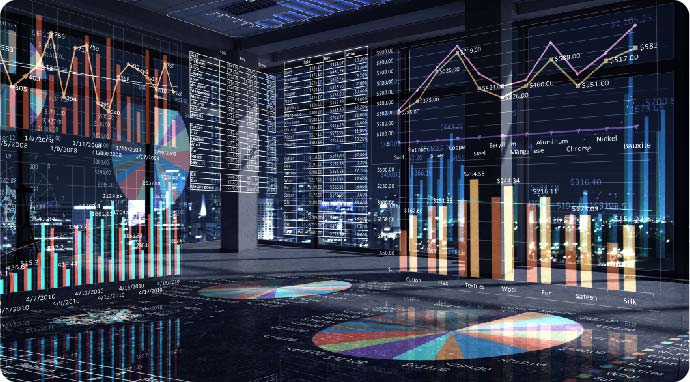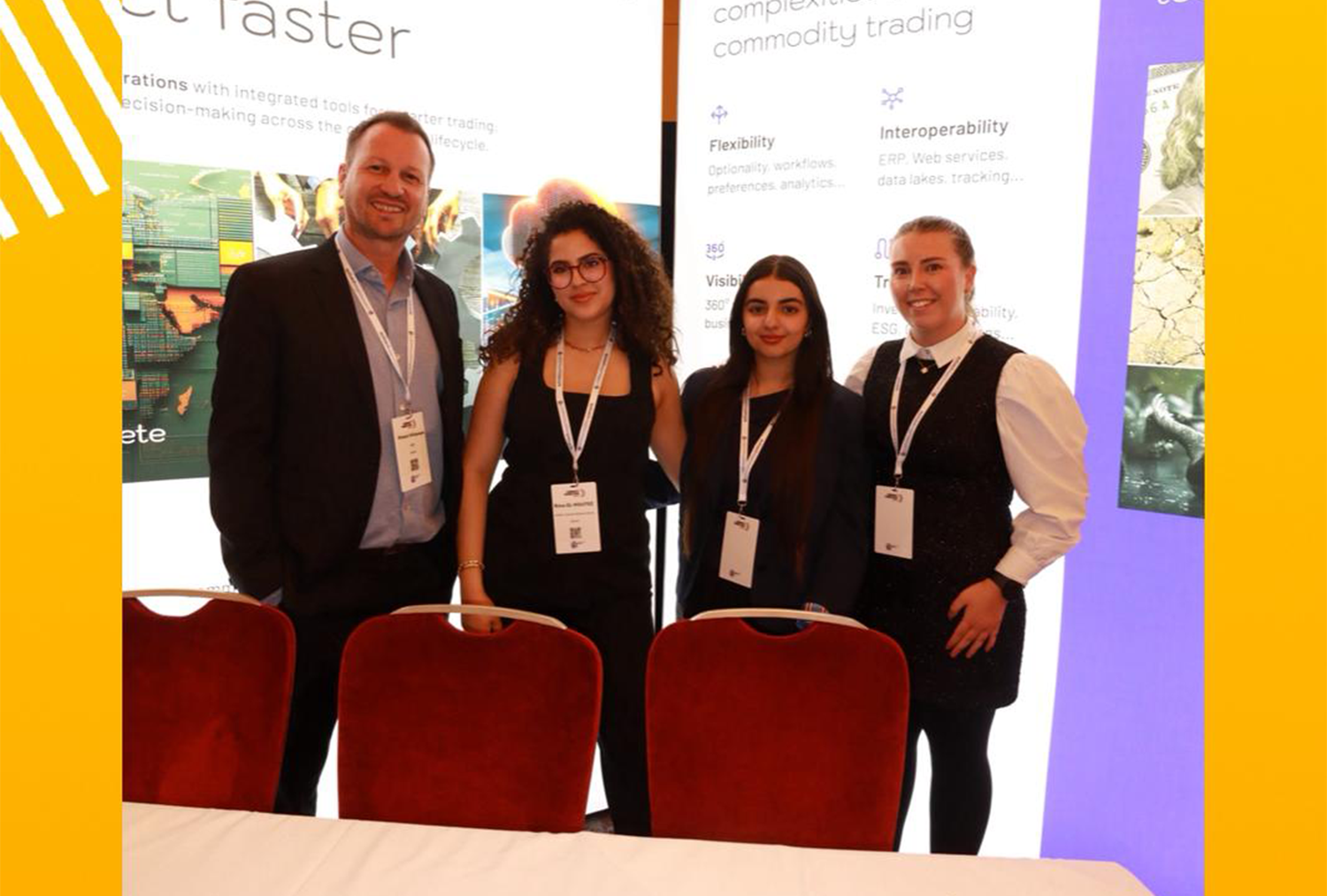In the short term, agricultural commodities’ prices and volatility are likely to be influenced by the Covid-19 recovery and the fundamentals of supply and demand, with a range of different predictions for what this could involve, including a debate over whether we are at the beginning of a supercycle.
In the longer term, population growth will increase demand for foodstuffs and manufactured goods using other agricultural commodities including rubber and cotton. This new demand will be further driven by rising living standards across much of the world. Experts predict that by 2050, food production will need to be double what it was in 2009 to meet this demand.
Changing consumption patterns and increased demand mean that trade in agricultural goods is likely to increase – but the current trade finance environment may limit opportunities to benefit.
What’s happening in trade finance?
Gen10 recently explored the events causing issues in trade finance in detail, but several banks have withdrawn from the space over the past year, following several high-profile company collapses and allegations of fraud. This continues a longer-term trend of banks withdrawing from trade finance, but it is not a simple narrative, as some do re-enter, some remain, and other types of finance providers fill the funding gaps.
Trade finance funds are one particular growth area, these funds raise capital to purchase assets but have different criteria for their partners. Whereas bank transactions are often relationship-driven, funds are frequently more data-orientated. They each have yield targets and acceptable risk limits, and may have specific geographies, currencies or other target criteria that allow traders to match their assets to the fund’s target profile.
Alternative trade finance providers are changing the data traders need to share to finance their activities, but banks are also increasingly expecting better data from the organisations they work with. Tighter financial regulations, pressure to make operations more sustainable and digitalisation have all given banks reason to perform more due diligence and expect better data from their counterparties.
The new data landscape is powered by technology
As commodities attract new trade finance funds, organisations that can work in partnership with those new to the industry can create more opportunities for themselves. New funds are not experts in commodity trading, so need access to information in a clear format, but with the assurance that the organisations they are working with understand the granular detail and are managing transactions well.
Good commodity management systems can help traders provide this data. They can be used to create secure dashboards and report on only the information relevant to each funding provider, or can integrate with the lender’s system to provide a completely up to date picture of their assets, credit lines and more, changing throughout the day as the real-world situation evolves.
As well as providing clarity around the asset class and any nuances in pricing such as packaging and quality data, traders need to be able to show their specific assets, their location and valuation. This is made much simpler by using commodity management technology that includes inventory management, such as Gen10’s CommOS. The inventory management module is used to manage assets across warehouses, inspections, shipping and more, feeding data through to the rest of the commodity management software systems, including to partners if necessary.

Both funds and banks expect more data than was previously acceptable
Trade finance providers including banks are also becoming more proactive in managing their own risks, and as a result expect greater risk management from their partners. Risk management is a core part of commodity management software. Creating automated workflows and controls helps employees work faster and better, but also demonstrates to partners that the organisation has robust risk management processes in place. These processes can include controls to mitigate operational risk, credit limit controls and counterparty and certificate management.
For lenders and traders, managing credit limits is essential, and these need to be integrated with the rest of the commodity management ecosystem, both for effective risk management and so that reports are accurate and verifiable. And counterparty/certificate management not only allows traders to complete their due diligence more easily, but also to create a digital audit trail, empowering them to demonstrate the comprehensive nature of their risk management to partners.
New data requirements
Active investors looking for assets that meet their Environmental, Social and Governance (ESG) criteria are increasingly common, but almost every organisation also has an ESG agenda and many are already making moves to ensure their value chain supports their goals.
“Farm to fork” initiatives and general traceability requirements help all actors in the value chain show their sustainability, meet consumer demand, and protect the business from risks. Traceability and sustainability can require additional work to complete Know Your Counterparty documentation and certification, but it is this enhanced knowledge of suppliers and their risks that protects organisations.
Climate change is a particular ESG area of focus at the moment, and one that will require better processes for collecting, analysing and sharing data in future, from climate impact analysis to carbon accounting. It is likely that future traceability initiatives will include lifecycle carbon emissions, and carbon accounting is also on the cards. This is being pushed by supply chain partners as much as finance providers, but plays a role across both functions. CommOS allows you to trace stock across your supply chain and operations, updating carbon emissions as things change, and its pricing engine allows you to automatically calculate carbon prices and add them to invoices and other documents.
Technology can also make managing counterparties easier, by creating approval processes for counterparties, controls on deals with unapproved counterparties and alerts to ensure live credit limits are adhered to or when certifications are due to expire. And these digital systems can provide assurance to trade finance providers and other counterparties that their own ESG risks are being well managed. Incorporating digital counterparty management tools into a commodity management system shows investors that KYC is a core part of any process and that the organisation has the transparency and governance structures to be credible in a world where ESG is more important than ever.
Agricultural commodities have been trending towards increased traceability and better data insights since the advent of digital commodity management. Now, a changing trade finance landscape means that agricultural supply chains need to make this shift more urgently. The good news is that commodity management technology can provide the data and collaborative tools traders need to lead the way and benefit from the opportunities this new landscape presents.



